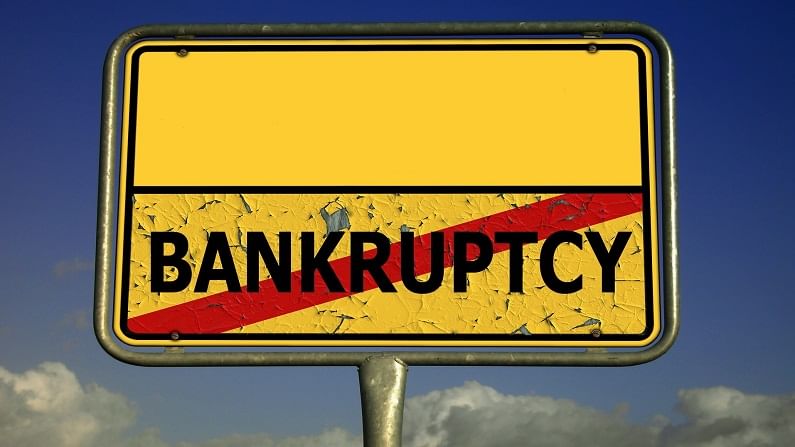IBC seminal reform and would change feudal mindset of promoters: CEA
The resistance to reforms in democracy, comes from a vocal minority, who have access to corridors of power.

Chief Economic Advisor KV Subramanian termed the Insolvency and Bankruptcy code as a seminal reform and that has been instrumental in making promoters of businesses more accountable. He also added that there used to be a feudalism where the corporate debtor takes a divine right to take control, before IBC. While speaking at the fifth annual day of the Insolvency and Bankruptcy Board of India (IBBI), he said that in a democracy or a free society there is no space for feudalism.
He also added that the resistance to reforms in democracy, comes from a vocal minority, who have access to corridors of power. Further he added that for reforms in any democracy, there would be a tussle between two sets of stakeholders, one is the vocal minority and the other a silent majority. And, it has always been the minority, that has been typically benefited from the status quo.
The reason majority has always remained silent is that, they often don’t even know the benefits of reforms, he said.
He also said that the silent majority realises when the benefit accrues to them, while observing the same vocal minority vs silent majority being played out in recent reforms.
Policy should support easy exit
Chairman of the Economic Advisory Council to the Prime Minister (EAC-PM) Bibek Debroy who also spoke at the event said that a failed enterprise must be punished and allowed to exit and the entreprenuers can move on.
He also added that the policy of the government must not only facilitate ease of industry and functioning, but also exit.
India overhauled its insolvency regime by enacting the Insolvency and Bankruptcy Code, 2016. Five years into the operation, the insolvency regime under the Code has now a strong ecosystem.
By enacting the Insolvency and Bankruptcy Code, 2016, India has overhauled its insolvency regime. The regime under the Code has now a strong ecosystem, after years into operation.
Insolvency and Bankruptcy Board of India (IBBI), the adjudicating authority in 15 cities, 3,670 insolvency professionals (IPs), three insolvency professional agencies (IPAs), 84 insolvency professionals entities (IPEs) and one information utility (IU) are in place.
Corporate Insolvency Resolution Process (CIRP), has About 4,541 corporates, including some with very large NPAs have been admitted, while 1,745 CIRPs have completed the process either yielding resolution plans or ending up with liquidation.